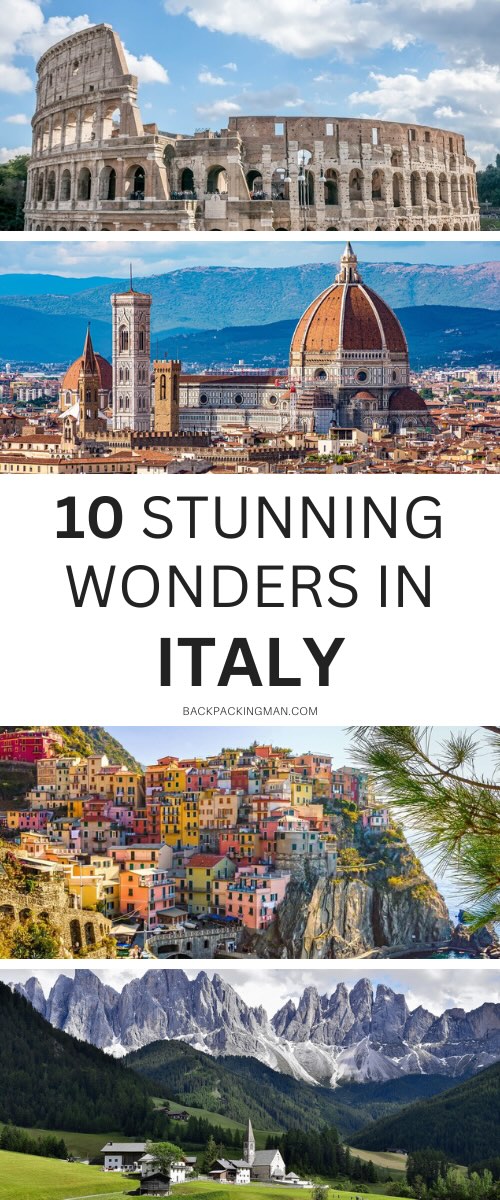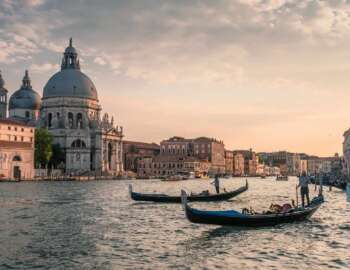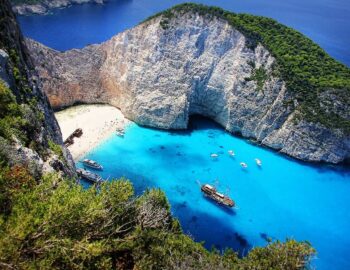These wonders of Italy, a country renowned for its rich cultural tapestry, breathtaking landscapes, and historical treasures, show its iconic architectural marvels of ancient Rome to the sun-kissed shores of the Amalfi Coast, and everything in-between.
These wonders are just waiting for you to explore.
Wonders of Italy
The wonders of Italy are a mix of man-made structures to natural formations.
Colosseum
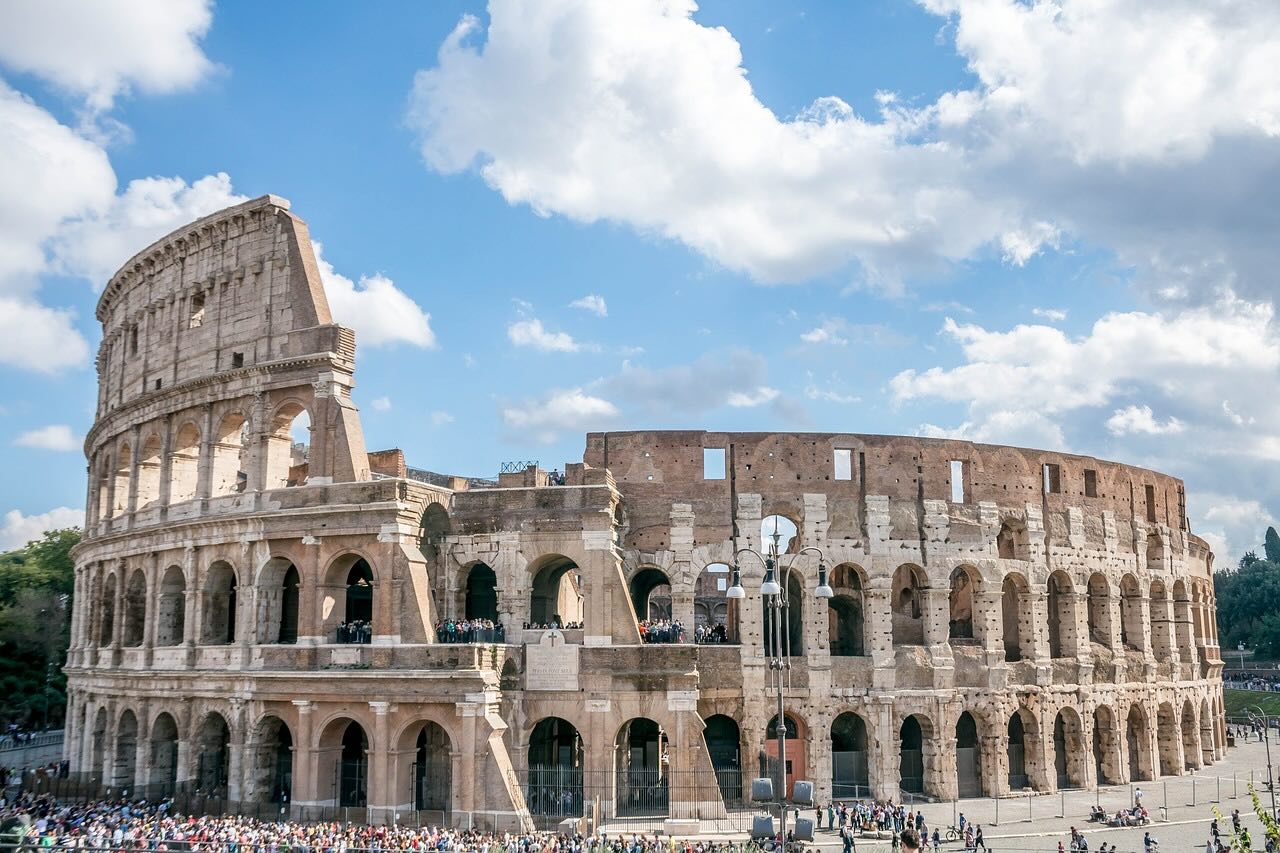
The Colosseum is an iconic ancient Roman amphitheatre located in the centre of Rome. It is considered one of the greatest works of Roman architecture and engineering.
It could hold up to 80,000 spectators and had a complex system of tunnels and chambers beneath the arena floor for staging various events. The elliptical shape of the Colosseum is a marvel of ancient engineering, and it stands as a symbol of the grandeur and sophistication of the Roman Empire.
Over the centuries, the Colosseum has faced damage from earthquakes and natural disasters, but it still remains an enduring symbol of ancient Rome and one of the best wonders of Italy to visit.
Leaning Tower of Pisa
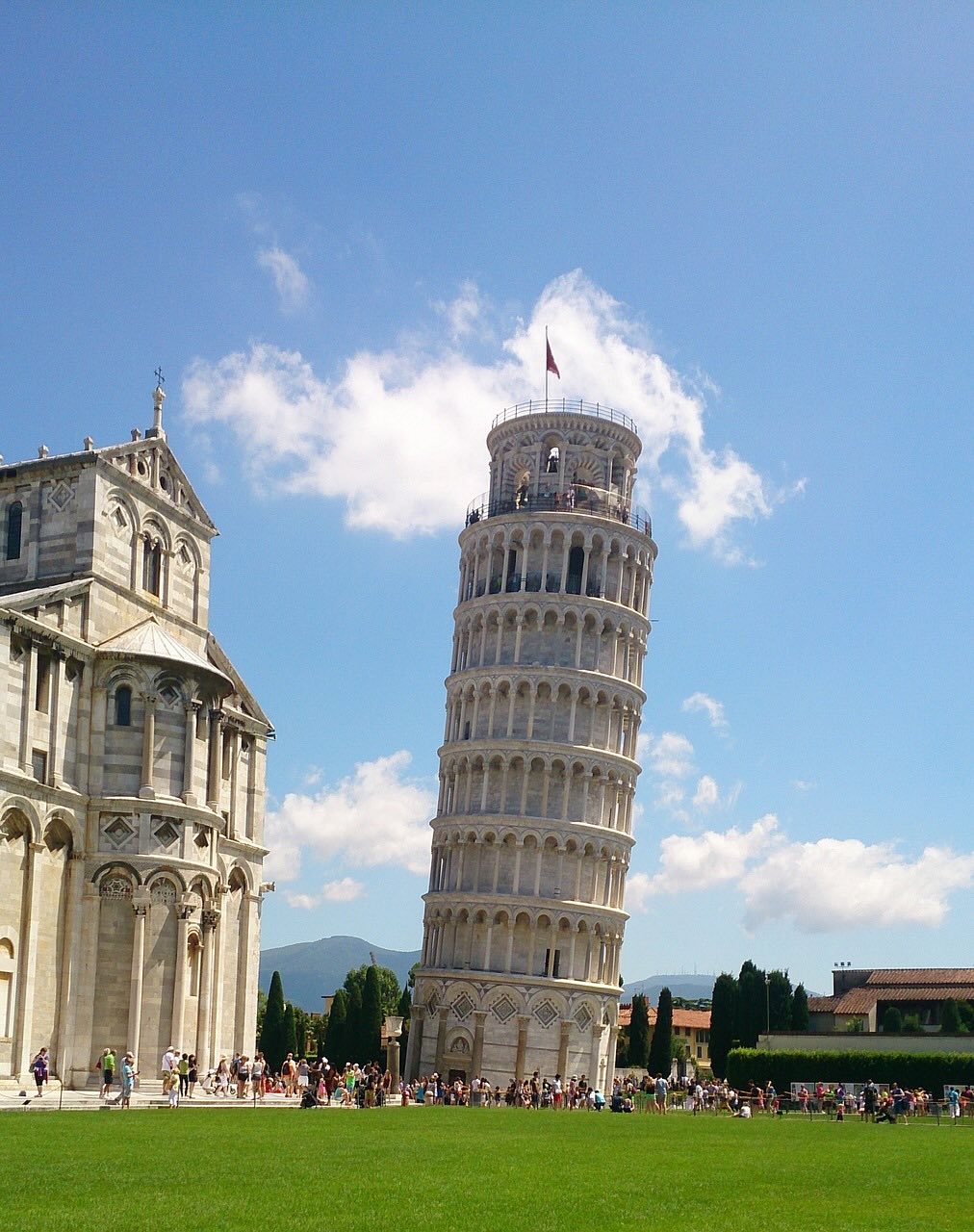
The Leaning Tower of Pisa is a famous freestanding bell tower located in the Cathedral Square of the city of Pisa. The tower’s most distinctive feature is its noticeable tilt to one side.
The tower’s tilt began during its construction due to the soft ground on one side, and subsequent attempts to compensate for the lean were made during the construction process.
Despite its unintended tilt, the Leaning Tower of Pisa is a remarkable example of medieval Italian architecture and attracts millions of visitors from around the world. In recent years, efforts have been made to stabilize and reduce the lean to ensure the tower’s long-term structural integrity.
Venice Canals

The Venice Canals refer to the intricate network of canals that wind their way through the historic city of Venice. Venice is renowned for its unique urban layout, built on a series of islands separated by canals and connected by bridges.
The Grand Canal is the main and largest canal in Venice. It snakes through the heart of the city and is lined with various historic buildings, including palaces, churches, and residences. The Grand Canal is a bustling waterway with water buses, water taxis, and gondolas transporting locals and tourists alike.
The buildings along the canals showcase the unique Venetian architecture, characterized by colorful facades, intricate details, and often featuring architectural styles such as Gothic, Renaissance, and Baroque.
Venice’s canal system is an integral part of its cultural and historical identity, and it contributes to the city’s status as a UNESCO World Heritage Site. It’s also one of the most stunningly beautiful wonders of italy.
Florence Cathedral
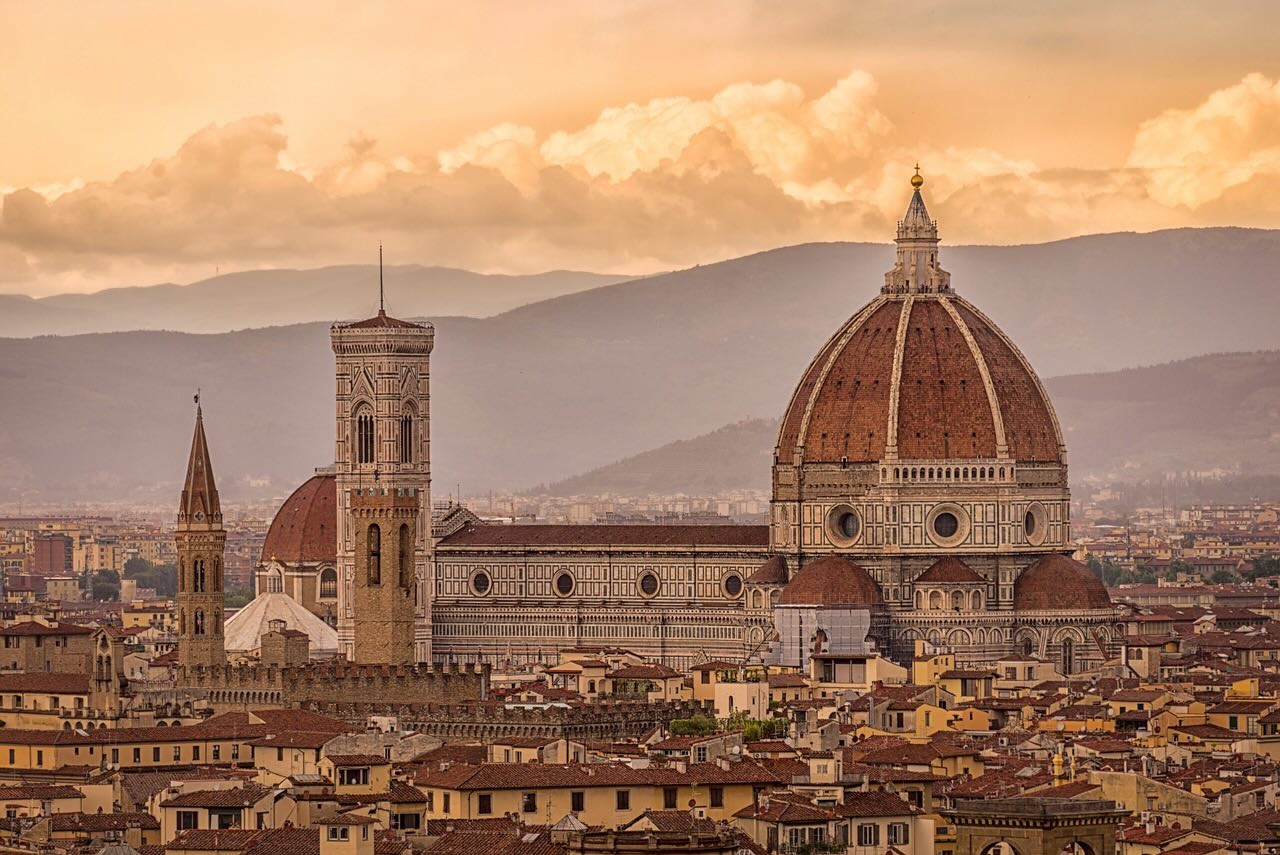
The Florence Cathedral is a magnificent cathedral located in the heart of Florence. It is one of the most iconic and recognizable landmarks in the city and a masterpiece of Italian Gothic architecture.
The dome of the cathedral is one of its most distinctive features. It was engineered by Filippo Brunelleschi and completed in 1436. Brunelleschi’s dome is considered an architectural marvel and a pioneering feat of Renaissance engineering. It remains the largest brick dome ever constructed.
The interior of the Florence Cathedral is vast and impressive. It houses numerous works of art, including frescoes, sculptures, and stained glass windows. The cathedral’s interior is known for its grandeur and the sense of space created by its soaring arches and columns.
This is one of the main historical wonders of Italy that is a must-visit if you have any interest in history or architecture.
Dolomite Mountains
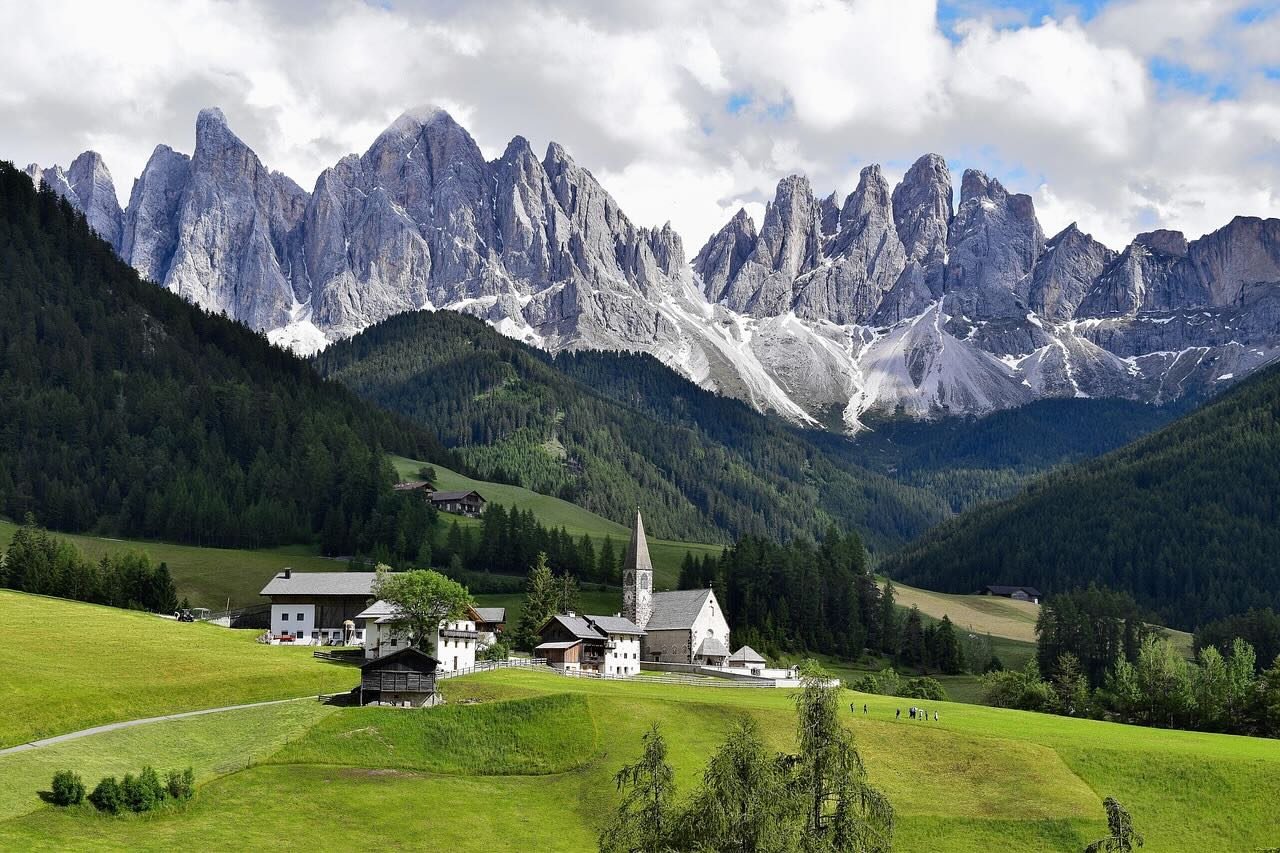
The Dolomite Mountains, also known simply as the Dolomites, are a mountain range located in northeastern Italy. They are part of the Southern Limestone Alps and extend into the provinces of Belluno, South Tyrol, and Trentino.
The Dolomites are renowned for their stunning and unique landscape, characterized by sheer rock walls, vertical cliffs, and distinctive pale-colored rock formations.
There is a group of five towers called the Cinque Torri situated in the Dolomites, known for their unique shapes and stunning views. The area is popular for climbing and hiking.
One of the most iconic and photographed mountain groups in the Dolomites is the Tre Cime di Lavaredo which consists of three distinctive peaks. It’s a famous destination for hikers and climbers. There are many other impressive sites within this mountain range which makes it one of the best natural wonders of Italy.
Amalfi Coast
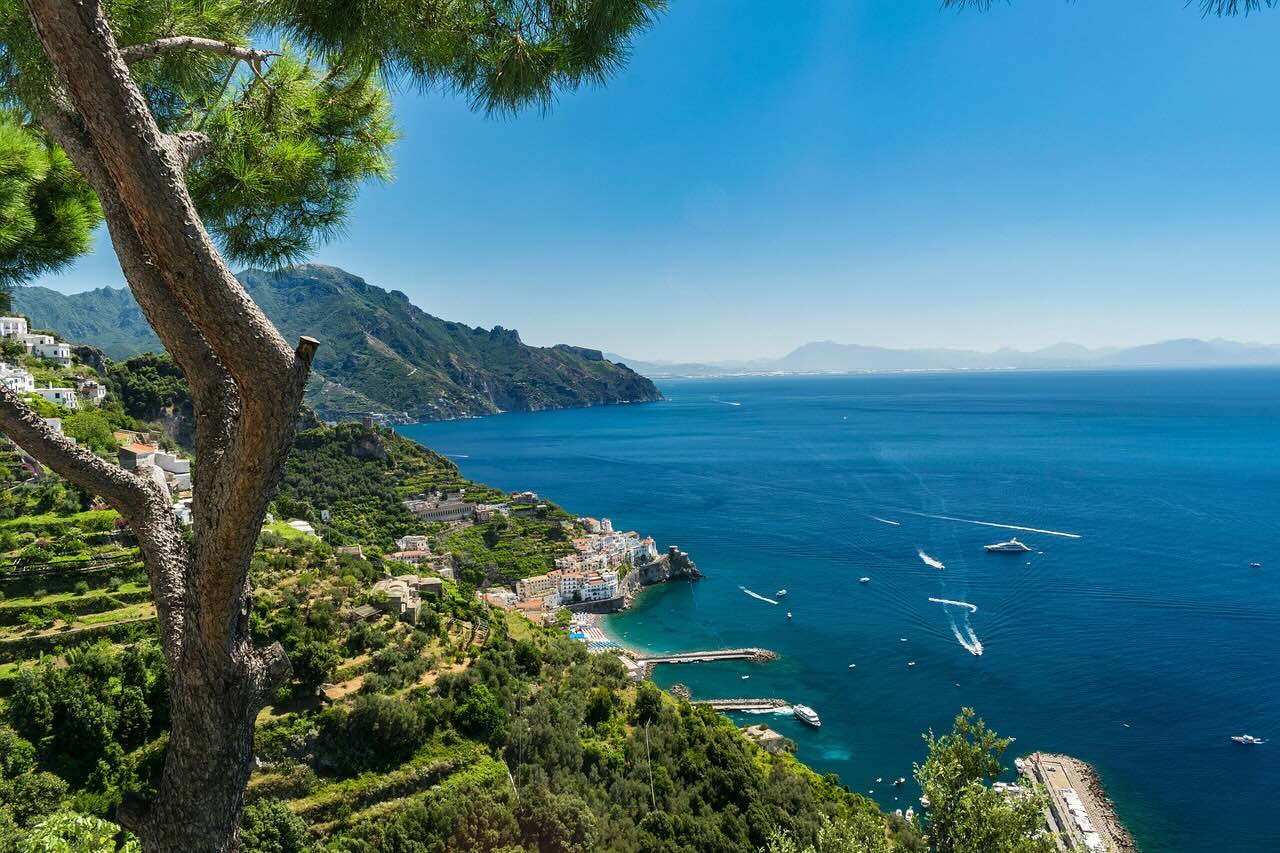
The Amalfi Coast is a stunning and picturesque stretch of coastline in southern Italy, known for its dramatic landscapes, charming cliffside villages, and crystal-clear waters. It is located in the Campania region, along the southern edge of the Sorrentine Peninsula. It faces the Gulf of Salerno in the Tyrrhenian Sea.
The coast is dotted with several beautiful towns and villages, each with its own unique character. Some of the most famous ones include Amalfi (from which the coast takes its name), Positano, Ravello, and Praiano.
The Amalfi Coast is renowned for its breathtaking scenery. Steep cliffs covered in lush vegetation plunge into the sea, creating a dramatic and picturesque backdrop. The coastline is also dotted with small beaches, hidden coves, and colourful fishing villages.
The Amalfi Coast is also famous for its winding and narrow coastal road, known as the Amalfi Drive or SS163. The drive offers breathtaking views but can be challenging due to its narrow curves.
Cinque Terre
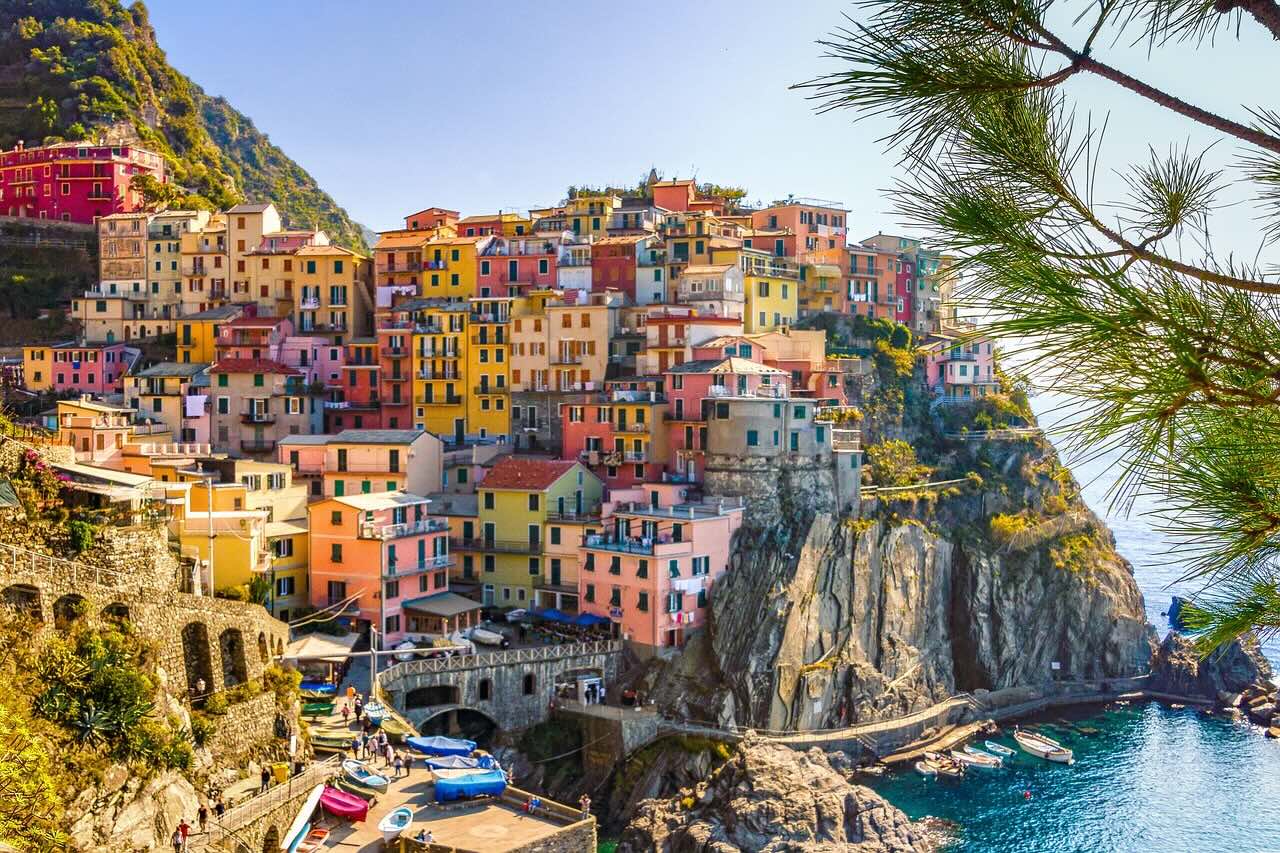
Cinque Terre, which translates to “Five Lands,” is a rugged portion of the Italian Riviera consisting of five charming coastal villages. Each village is perched along the cliffside, offering breathtaking views of the Ligurian Sea. It is located in the Liguria region of Italy, along the northwest coast.
The five villages that make up Cinque Terre are Monterosso al Mare, Vernazza, Corniglia, Manarola, and Riomaggiore. Each village has its own unique character and is characterized by colourful buildings stacked against the cliffs overlooking the sea. The vibrant colours of the houses create a picturesque and iconic coastal landscape.
The steep hillsides surrounding the villages are terraced and cultivated with vineyards, olive groves, and citrus orchards. The landscape is not only beautiful but also functional, as these terraces have been carved into the cliffs for centuries for agricultural purposes.
Pompeii and Herculaneum

Pompeii and Herculaneum are ancient Roman cities near Naples,that were preserved in ash and volcanic debris after the eruption of Mount Vesuvius in 79 AD.
Pompeii was a thriving Roman city that was buried and preserved under a thick layer of ash and pumice after the catastrophic eruption of Mount Vesuvius in 79 AD.
Pompeii remained buried for centuries until its accidental rediscovery in the 18th century during the construction of a canal. Excavations revealed well-preserved buildings, artifacts, and even plaster casts of the city’s inhabitants.
Herculaneum was another ancient Roman city situated on the Bay of Naples, located northwest of Pompeii. Like Pompeii, Herculaneum was engulfed by volcanic material during the eruption of Mount Vesuvius in 79 AD.
Both Pompeii and Herculaneum offer a remarkable glimpse into Roman life during the 1st century AD, and their ruins provide invaluable information for archaeologists and historians studying ancient Roman civilization. These archaeological sites are UNESCO World Heritage Sites and continue to be major attractions for visitors interested in exploring the ancient past.
Tuscany
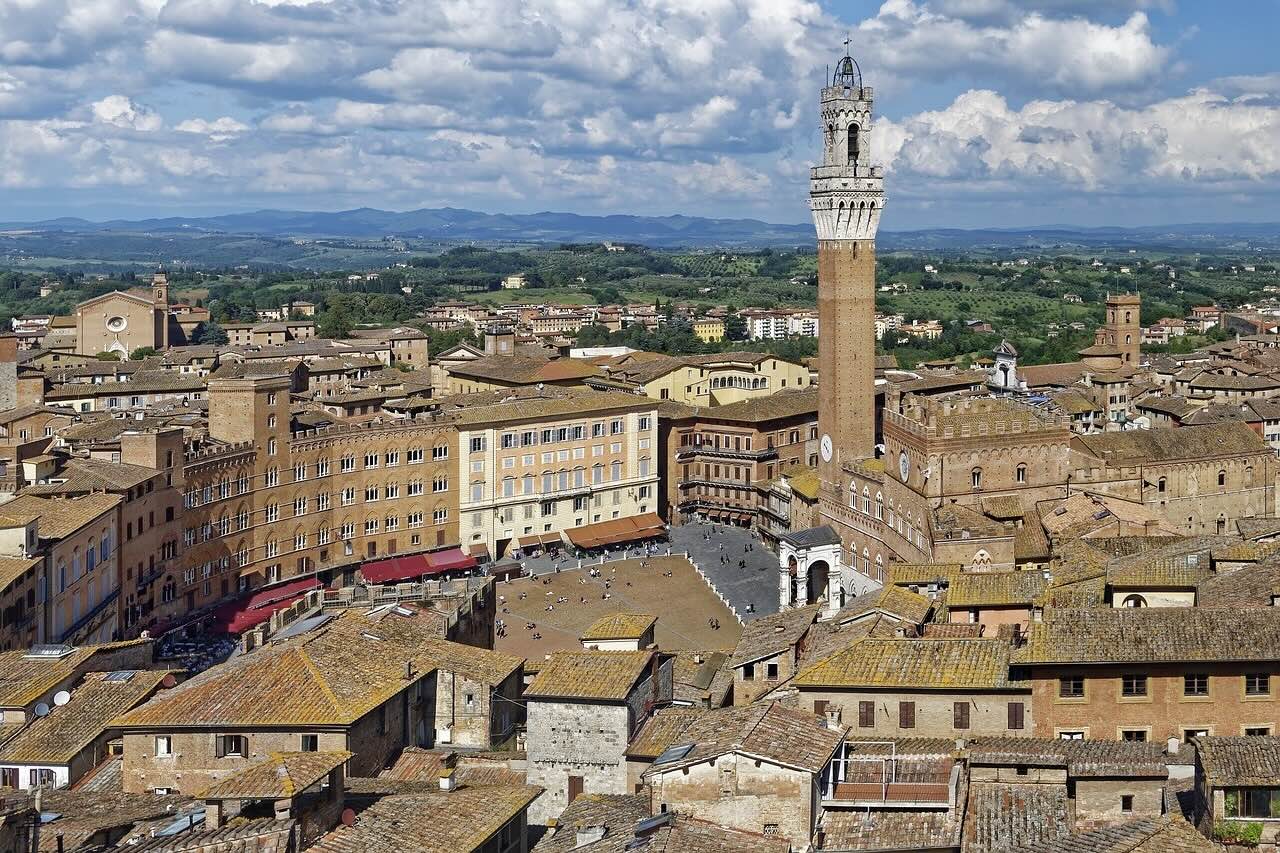
Tuscany is a region in central Italy renowned for its stunning landscapes, rich history, art, and cultural heritage. The capital of Tuscany and considered the birthplace of the Renaissance is Florence. It is home to iconic landmarks such as the Florence Cathedral (mentioned earlier), Uffizi Gallery, Ponte Vecchio, and Michelangelo’s David at the Accademia Gallery.
Another beautiful place is Siena which is known for its medieval streets, Piazza del Campo (a unique shell-shaped square), and the Siena Cathedral. The town of Lucca is also stunning and is surrounded by well-preserved Renaissance walls that you can walk or cycle along.
Tuscany is also characterized by rolling hills, vineyards, olive groves, and cypress trees. The Val d’Orcia region, in particular, is a UNESCO World Heritage Site known for its picturesque landscapes.
Tuscany’s combination of art, history, scenic beauty, and culinary delights makes one of the wonders of Italy that should be visited at least once (I’ve been twice, so far).
Read: The best things to do in Florence.
Milan Cathedral
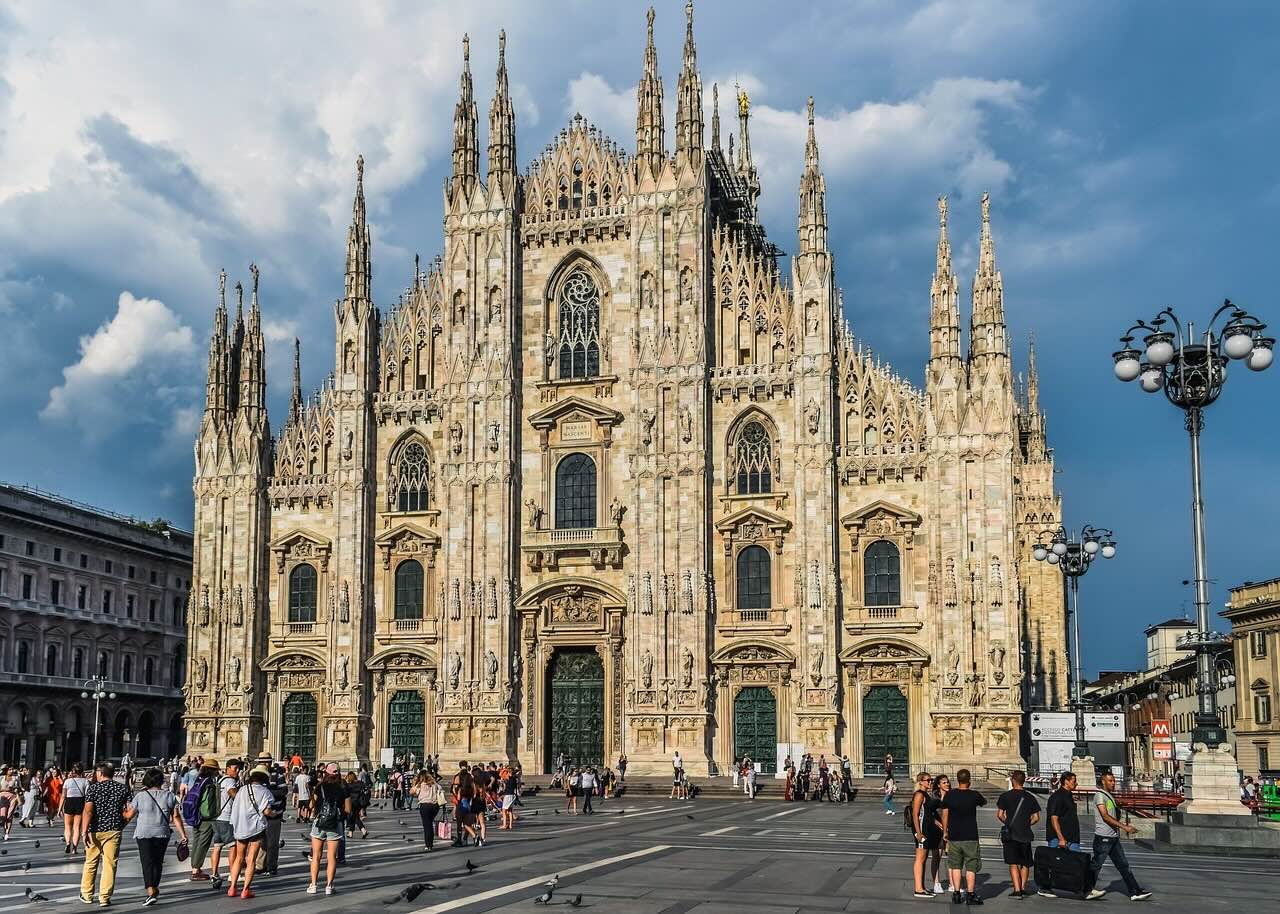
Milan Cathedral, is one of the most iconic landmarks in the city of Milan. It is located in the heart of Milan, in the Piazza del Duomo and is in a central and prominent location within the city.
The cathedral is a stunning example of Northern Italian Gothic architecture. It features intricate details, spires, and statues, making it a masterpiece of medieval construction. It is one of the largest cathedrals in the world and has the capacity for around 40,000 people and boasts impressive dimensions, including the height of its central spire.
One extra…
Vatican City
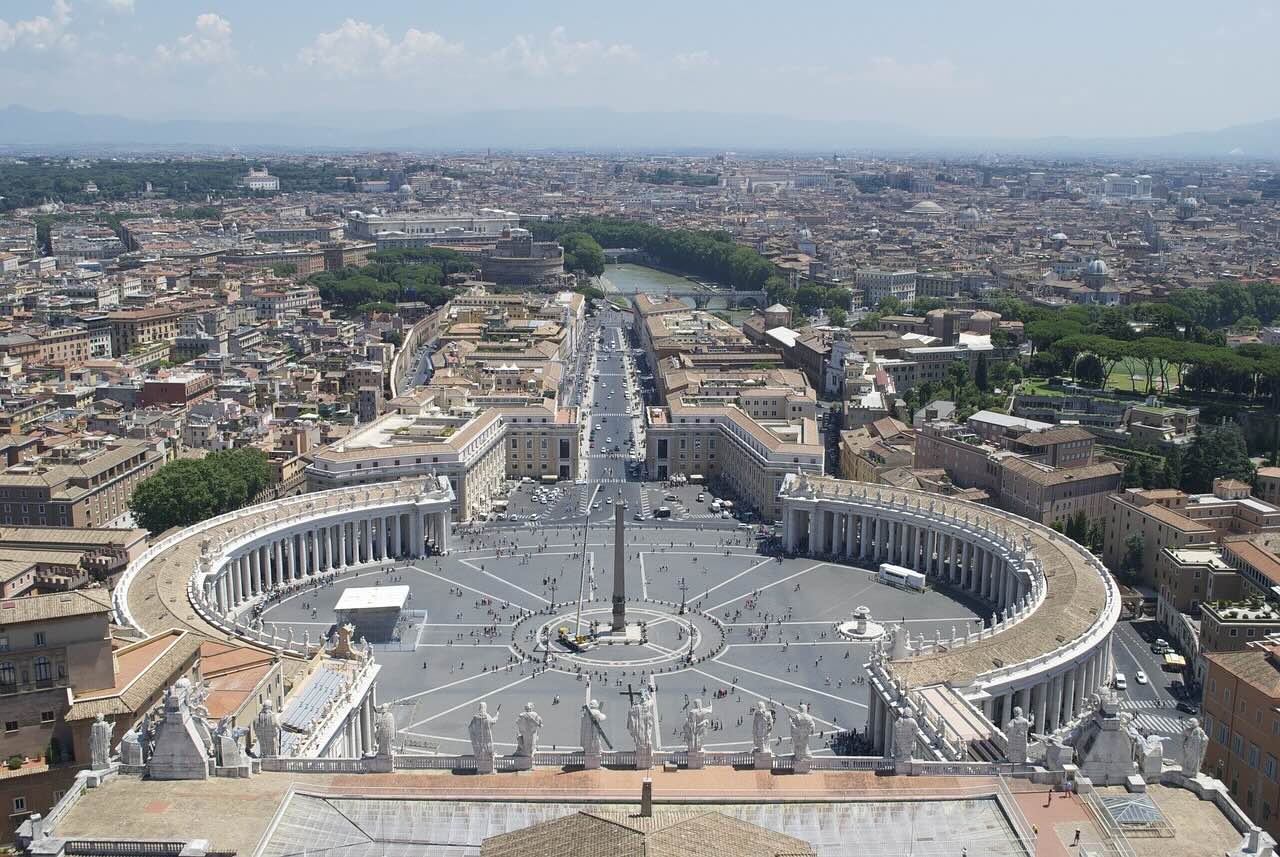
I’m adding this is an extra one because technically, although situated in Rome, the Vatican City is an independent city-state enclaved within the city and not part of “Italy” in the country sense. It is the smallest independent state in the world by both area and population.
It covers an area of approximately 44 hectares (110 acres), making it the smallest internationally recognized independent state and its own sovereign entity. It operates as an absolute monarchy with the Pope as the head of state.
Vatican City is the spiritual and administrative centre of the Roman Catholic Church. It is the residence of the Pope and the central hub for the Catholic Church’s leadership and administration.
St. Peter’s Basilica, one of the largest churches in the world, is located within Vatican City. It is a renowned example of Renaissance architecture and is a major pilgrimage site.
Designed by Gian Lorenzo Bernini, St. Peter’s Square is a large plaza in front of St. Peter’s Basilica. It features a massive colonnade surrounding the square, embracing visitors as they enter.
Vatican City holds immense cultural, religious, and historical significance, drawing millions of visitors annually who come to explore its treasures, attend papal events, and experience the heart of the Catholic Church.
Italy

These wonders of Italy collectively showcase the country’s rich heritage, artistic achievements, and diverse landscapes, making it a destination that appeals to history enthusiasts, art lovers, and nature seekers alike.
For more on Italy have a look at the 10 best documentaries about Italy to watch.
Share these wonders of Italy:
